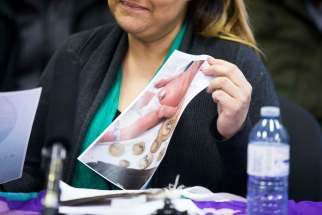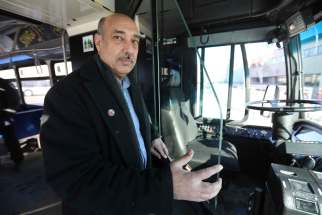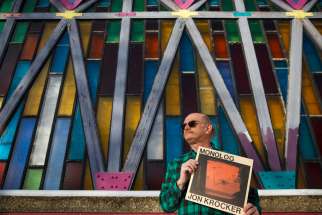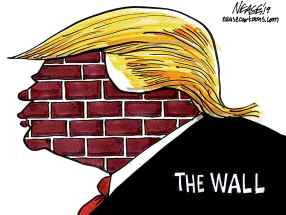Wet’suwet’en is a reminder this isn’t a nation-to-nation relationship
Read this article for free:
or
Already have an account? Log in here »
To continue reading, please subscribe:
Monthly Digital Subscription
$0 for the first 4 weeks*
- Enjoy unlimited reading on winnipegfreepress.com
- Read the E-Edition, our digital replica newspaper
- Access News Break, our award-winning app
- Play interactive puzzles
*No charge for 4 weeks then price increases to the regular rate of $19.00 plus GST every four weeks. Offer available to new and qualified returning subscribers only. Cancel any time.
Monthly Digital Subscription
$4.75/week*
- Enjoy unlimited reading on winnipegfreepress.com
- Read the E-Edition, our digital replica newspaper
- Access News Break, our award-winning app
- Play interactive puzzles
*Billed as $19 plus GST every four weeks. Cancel any time.
To continue reading, please subscribe:
Add Free Press access to your Brandon Sun subscription for only an additional
$1 for the first 4 weeks*
*Your next subscription payment will increase by $1.00 and you will be charged $16.99 plus GST for four weeks. After four weeks, your payment will increase to $23.99 plus GST every four weeks.
Read unlimited articles for free today:
or
Already have an account? Log in here »
Hey there, time traveller!
This article was published 11/01/2019 (2526 days ago), so information in it may no longer be current.
On Monday, the RCMP arrested 14 citizens of the Wet’suwet’en First Nation and dismantled Gidimt’en camp, a checkpoint on a road in northwestern B.C.
The citizens, standing on their traditional territory, were arrested for defying a court order injunction and being in the way of workers building a $6.2-billion natural gas pipeline for Coastal GasLink, a subsidiary of TransCanada Corp.
About one kilometre south is Unist’ot’en camp. (The Gidimt’en and Unist’ot’en are two of five clans of the Wet’suwet’en First Nation.)
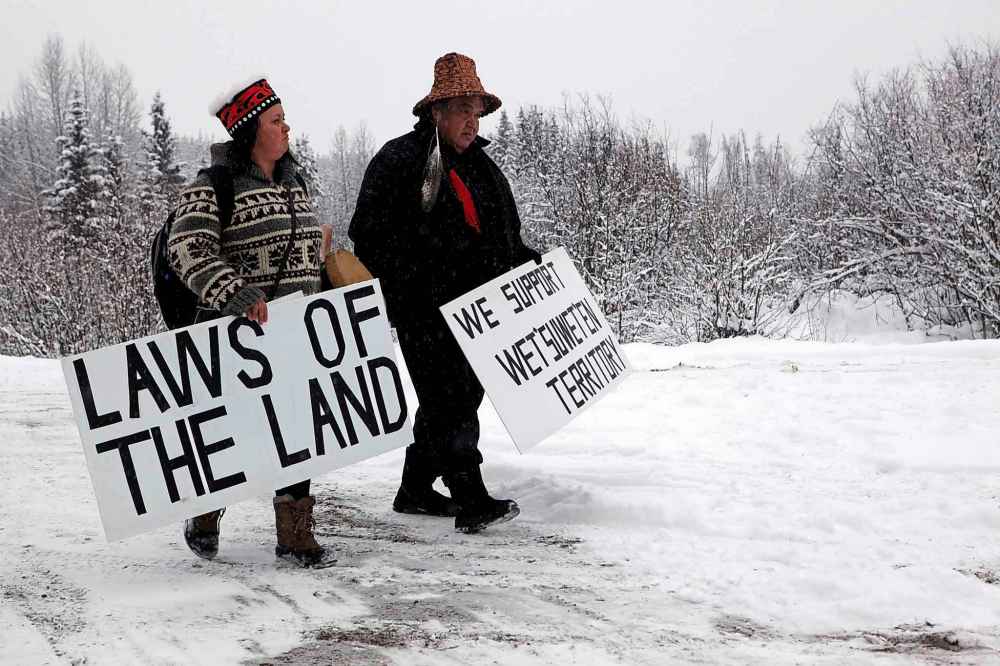
Fearing violence was days away, leaders reached an agreement with the RCMP to allow pipeline workers to access the route.
Most media outlets called the Wet’suwet’en “protesters” and the camps “blockades.” But they were not protesting nor blockading.
These camps are decade-long non-violent occupations of traditional and ancestral territories the Wet’suwet’en have held since time immemorial. They were protecting their home from invasion, while ensuring their families and communities can live sustainably and safely.
Calling people “protesters” and a site a “blockade” when they are protectors and occupants of homes is a crucial matter of perspective only learned when spending time talking and sharing perspectives.
This didn’t happen until there was a national outcry and the Wet’suwet’en were forced to accept a pipeline project.
Then, a national conversation started. News spread on social media. Prime Minister Justin Trudeau was condemned by pundits and applauded by others. Activist gatherings sprung up in downtowns across Canada, including Winnipeg’s iconic Portage Avenue and Main Street intersection.
The Wet’suwet’en situation is a microcosm of the biggest challenge facing healthy relationships between Indigenous nations and Canada.
You might say this has to do with land, and you would be mostly right. Canada primarily views land as something to extract and profit from, while Indigenous peoples view land as something to live with and protect.
This is a fundamental difference — one that means everything if you can’t explain your differences and, hopefully, find middle ground.
The non-violent actions of Indigenous peoples at Unist’ot’en and Gidimt’en camps is an invitation to conversation.
It is Canada who orders police and guns and ends any dialogue.
It is Canada perpetrating violence and arresting people on their land.
It is Canada forcing people to accept what they don’t want.
That’s not a “nation-to-nation” relationship. It is one nation enforcing its will without any interest or regard for others. Wars have been fought over such actions.
The biggest challenge facing reconciliation is how Canada and Indigenous peoples share and listen to the other’s perspectives. This presumably is done by leaders, but even determining who they are in the B.C. situation is a stumbling block.
The Wet’suwet’en Nation has five clans. A clan is a group of “houses,” or cultural families, headed up by hereditary leaders. These are different leaders then those recognized as “chief” and “council,” voted in by elections held under the Indian Act.
Many First Nations have two basic types of leadership: traditional and Indian Act. Sometimes, the two coalesce, but usually are different.

Traditional leaders — particularly with the Wet’suwet’en — are hereditary, meaning the role is passed down through families and cultural protocols. They govern things such as ceremonies and spiritual activities, which necessarily and critically involve land, relationships, and protocols for how the nation operates.
As in most Indigenous traditional leadership systems, there are multiple layers. The Gidimt’en and Unist’ot’en have some five hereditary chiefs each.
Traditional leadership in Indigenous communities is always contextual and based in specificity. There is no one “chief.” Instead, there are clan chiefs, drum chiefs, water chiefs, elder chiefs, fire chiefs, history chiefs, medicine chiefs, war chiefs…
The Indian Act, introduced in 1876, was intended to replace all traditional leadership (even passing laws to outlaw cultural forms of governance) and instill the chief and council model.
This is based on population, and with positions often elected democratically. Chiefs and councils basically deliver programs and policies of the federal government, mostly on reserves, and are recognized by Canadian lawmakers as those who make decisions for a First Nations community.
Like Parliament or a provincial legislature — but with about as much power as a municipal government — chiefs and councils purport to recognize the citizens of First Nations but often come into conflict with traditional leaders.
The question is: who speaks for the Wet’suwet’en?
TransCanada has signed agreements with its elected leaders. The hereditary leadership from all five of its clans say, however, these contracts don’t apply.
Canada views Indigenous leadership as one thing; Indigenous peoples view it another way.
Canada wants to tell Indigenous peoples who should sit at the negotiating table. When Indigenous peoples send representatives Canada doesn’t want to speak to, the RCMP is dispatched.
Understanding perspectives is impossible without conversations, listening, and learning.
Who, this week, was ready to talk — and who brought the guns to the meeting?
niigaan.sinclair@freepress.mb.ca

Niigaan Sinclair is Anishinaabe and is a columnist at the Winnipeg Free Press.
Our newsroom depends on a growing audience of readers to power our journalism. If you are not a paid reader, please consider becoming a subscriber.
Our newsroom depends on its audience of readers to power our journalism. Thank you for your support.

